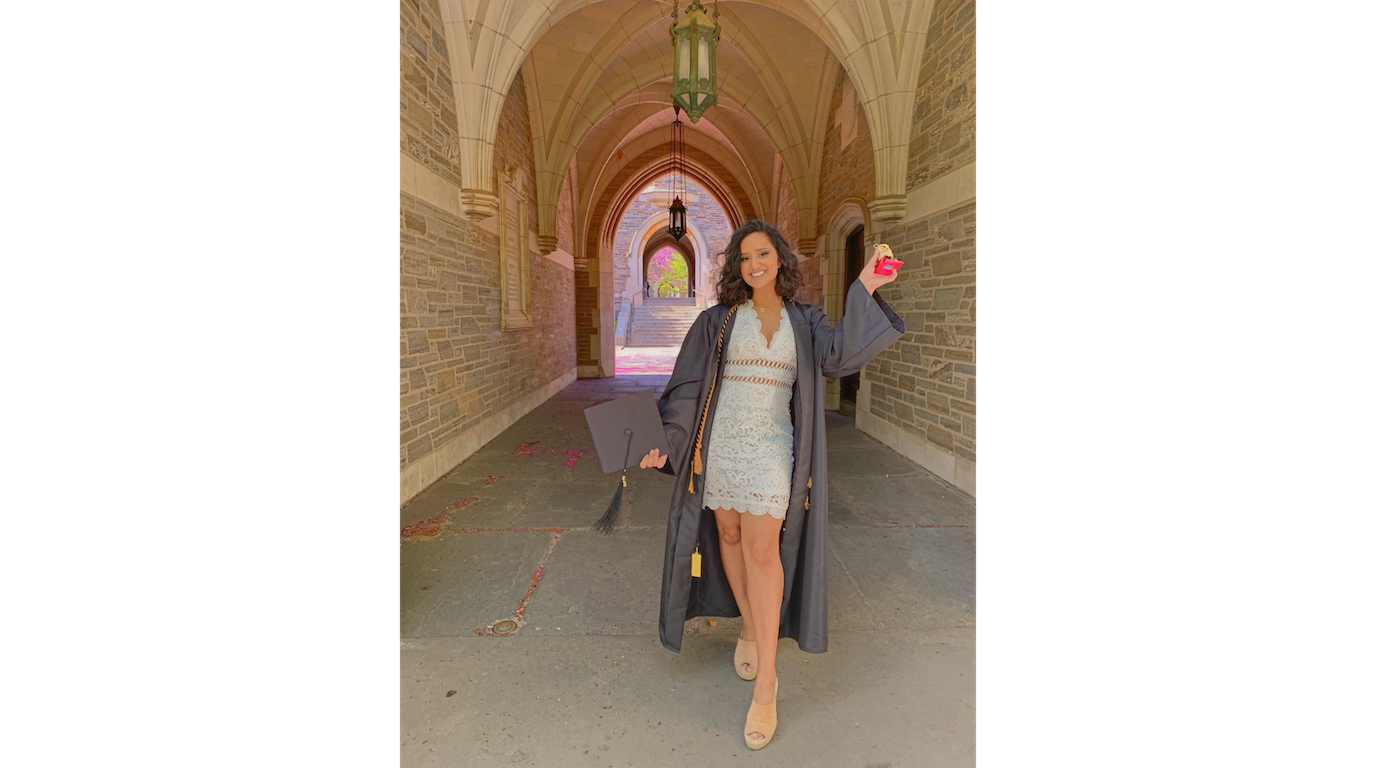When Temple University's Public Relations Student Society of America (PRSSA) chapter president announced the creation of their first-ever diversity and inclusion committee, Haniya Shariff ‘20 lit up. Immediately foreseeing her future building Temple PRSSA’s diversity and inclusion initiatives and sharing their successes at the national level, she applied and was selected for the role of Director of Diversity and Inclusion for PRSSA. Now, a year later, she has been promoted to be the second-ever Vice President of Diversity and Inclusion for PRSSA National, the nationwide organization overseeing all PRSSA chapters on college campuses, for which she has already begun working toward the robust set of goals and plans developed during her time at Temple.
Gregg Feistman, Temple PRSSA advisor and chair of the Public Relations Department, says that forming the diversity and inclusion (D&I) committee was initiated by the students, who saw a need to expand their inclusion efforts both within the chapter and in the world of public relations. Shariff, seeing the perfect place for her passion for diversity and equity to merge with her professional and academic goals, jumped right in.
“Haniya is very interested in the diversity and acceptance and inclusion space on a personal level, and there wasn’t anything like that before, nothing formalized.” says Feistman.
Once the committee was established and Shariff had ascended to the Director of Diversity and Inclusion position, she was inspired to apply for the national position after meeting PRSSA National’s inaugural Vice President of Diversity and Inclusion, Adriênne Bolden, at their national conference in San Diego. After meeting and discussing Shariff’s interests and goals, it was clear that she would be the perfect fit.
“[Bolden] said, ‘I can see you as being my successor,’ and I was like, ‘What?!’” Shariff says. “She really welcomed me, and gave me great advice as to what I should work on in my own chapter at Temple.”
Now in her national position, Shariff is well-prepared to bring her goals to a larger scale. Her plans include helping several chapters get started by establishing their own diversity and inclusion chairs, as well as working with other chapters to reinforce the diversity and inclusion work that they are already doing to take it to the next level. Additionally, she is working on a program to help students with internships devise their own, individualized action plans for handling diversity and inclusion issues in the workplace, such as how to handle microaggressions and putting the power in the hands of the intern being affected. She also hopes to plan a major D&I-themed event for the next national conference. However, her largest goal is not a singular plan or initiative, but establishing and maintaining an organization that is both safe and stimulating.
“My goal overall is to create a warm and welcoming environment and a safe space for members to understand that they do have a place in PR and the PR field as well as PRSSA,” she says. “That place isn’t for them to simply fit in, it’s about bringing what’s different about them, what’s unique about them, to the table so that they can make positive changes and create their own platform.”
She believes that building these cultural norms and open environments can be achieved through similar methods to the ones she used at Temple, utilizing her team’s diverse strengths to create a holistically inclusive and equitable organization.
“One year later, we can clearly see that the [diversity and inclusion chair] position has evolved so much, and it wasn’t just through workshops or a collaborative approach, it was also through our org’s desire and dedication to cultivate a warm, welcoming and inclusive environment for all members,” she says.
The value of these experiences cannot be emphasized enough, even though, Shariff says, many students and professionals often don’t immediately recognize why diversity, inclusion and equity are so important. Citing Bolden, she emphasized that diversity is a reality that all people experience and always will, whereas inclusion and equity are more active, hands-on goals to focus on. As more awareness is raised around this idea, Shariff and Feistman look forward to the bright, diverse future of the public relations industry.
“What I’m excited about is in the next 10 to 15 years when students from diverse backgrounds in all its forms become leaders in business and in society,” Feistman says. “I know [Shariff] is interested in pursuing this diversity emphasis in her career. She brings a ton of energy; she’s smart; she’s gonna do great.”

